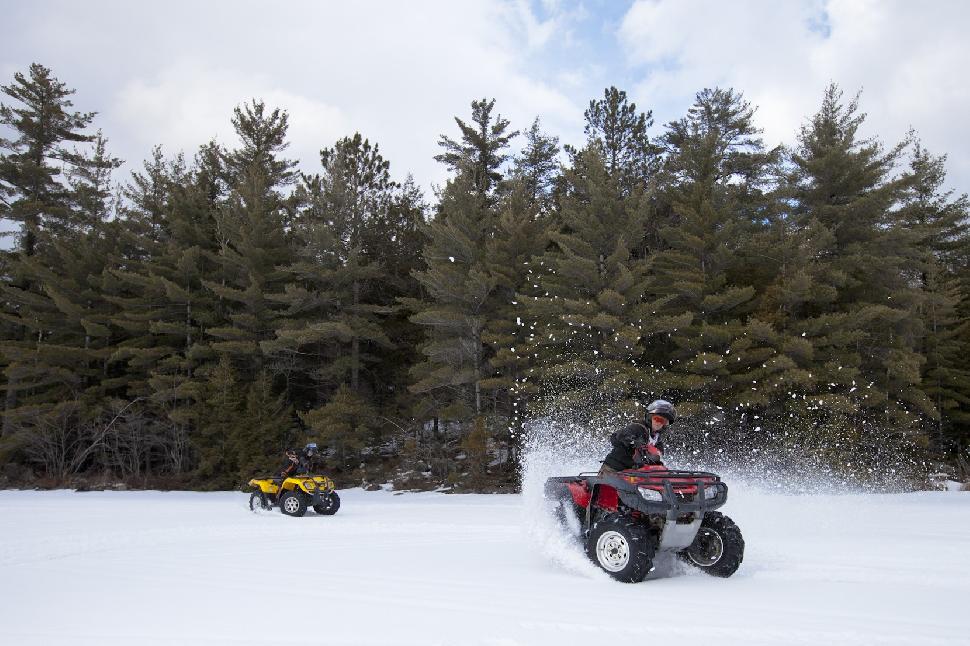Advertisement
Ten minutes. Fall through the ice and that’s about all the time you have before you lose effective use of your arms and legs. After that, hypothermia starts to set in, and in as little as an hour later you could be unconscious. If you spend any amount of time on the ice or around freezing water, the following tips can help you avoid, or escape, a frightening experience—or worse.
Be Patient
Remember, the ice should be at least four inches thick before you venture out afoot, and an inch thicker to support a snow machine or ATV. A minimum of eight inches of ice is necessary for a car or small pickup, and at least 12 for a larger vehicle.
Advertisement
Avoid Risk
Try to avoid situations where you might fall through the ice, such as travelling at night or during a heavy snowfall when visibility is reduced. Also stay clear of unfamiliar areas, as well as rivers and narrows between lakes, where the ice tends to be thinner.
Be Prepared
Before you hit the ice, tell someone your general destination and expected time of return. It’s also a good idea to wear a Coast Guard-approved floater suit, particularly in a bright colour that will stand out in the water should you go through. Also take along safety equipment, including ice picks and rope, and a small personal survival kit (including a knife, compass, whistle, fire-starter and cellphone).
Don’t Panic
Should you go through the ice, try to remain calm. Cold shock—typified by a deep and sudden gasp followed by hyperventilation—only lasts about a minute. During this time, concentrate on getting your breathing under control, then call for help. Don’t remove your clothing—it will help you keep warm, while the trapped air can keep you afloat.
Advertisement
Stay Warm
If you can’t get out of the water, get into the so-called heat escape lessening posture, or HELP, by pulling your legs up to your chest and wrapping your arms around them in a tuck position. If you’re with others, huddle together to conserve body heat.
Rescue Yourself
Kick vigorously from a horizontal position and swim back in the direction from which you came. Reach forward onto the broken ice without pushing down. This is where ice picks (or other sharp objects) come in handy. When your legs are near the surface, continue to kick vigorously while using your arms to help propel you forward onto the ice like a seal.
Stay Flat
Once back on top of the ice, use your arms to gently lift your torso to allow water to drain from your clothing and reduce your weight. Stay on your stomach to keep your weight distributed over a greater area and push away from the open water until you reach solid ice or shore.
Dry Out
Hypothermia still poses a threat, even after you’re out of the cold water. You must decide whether to stay put and try to dry and warm yourself, or go seek shelter. If shelter from the cold air is less than 30 minutes away, go for it. If not, it’s best to stay put, wait for help and try to get dry.

